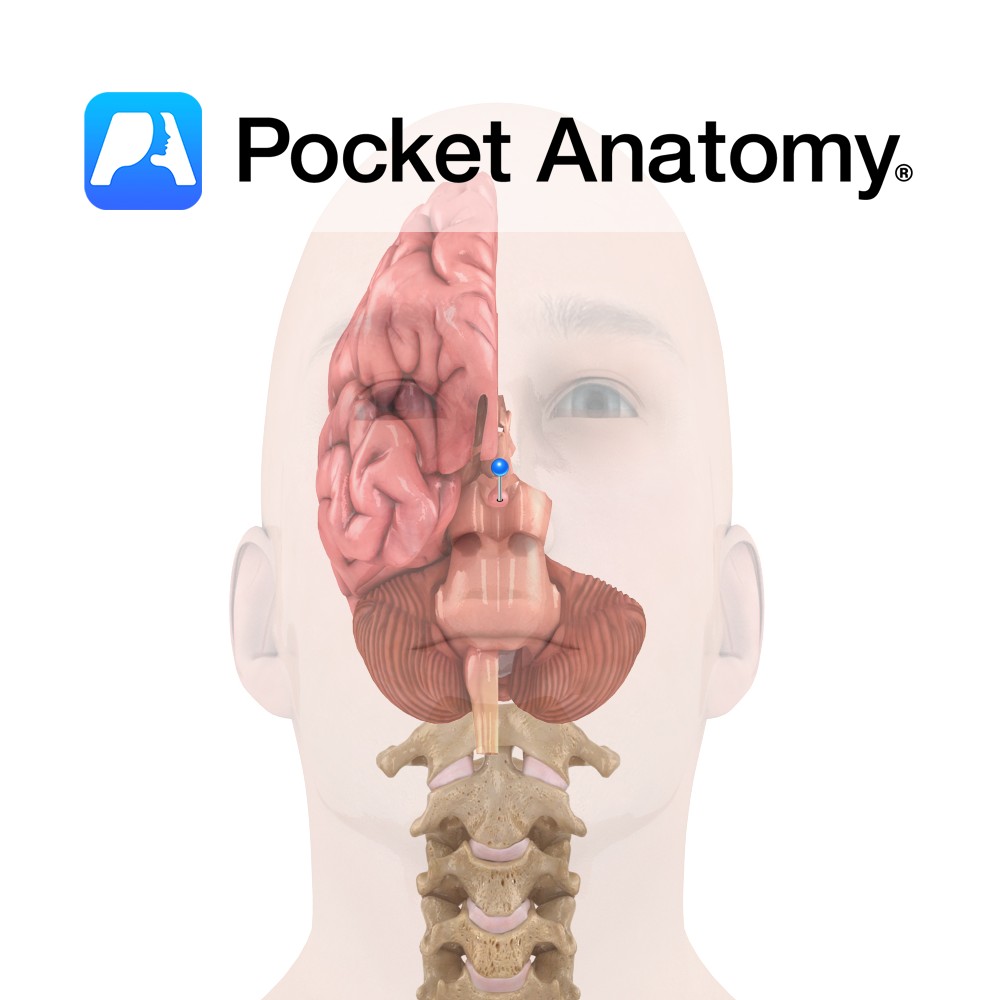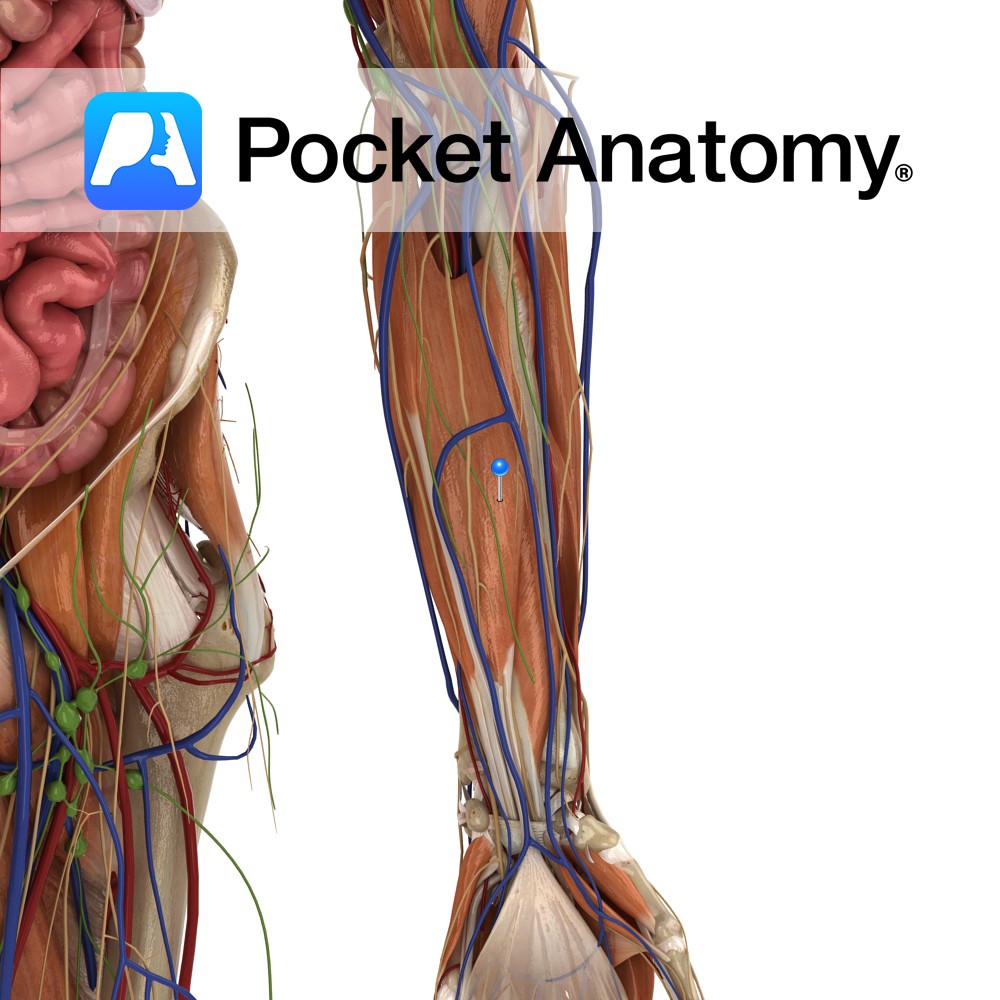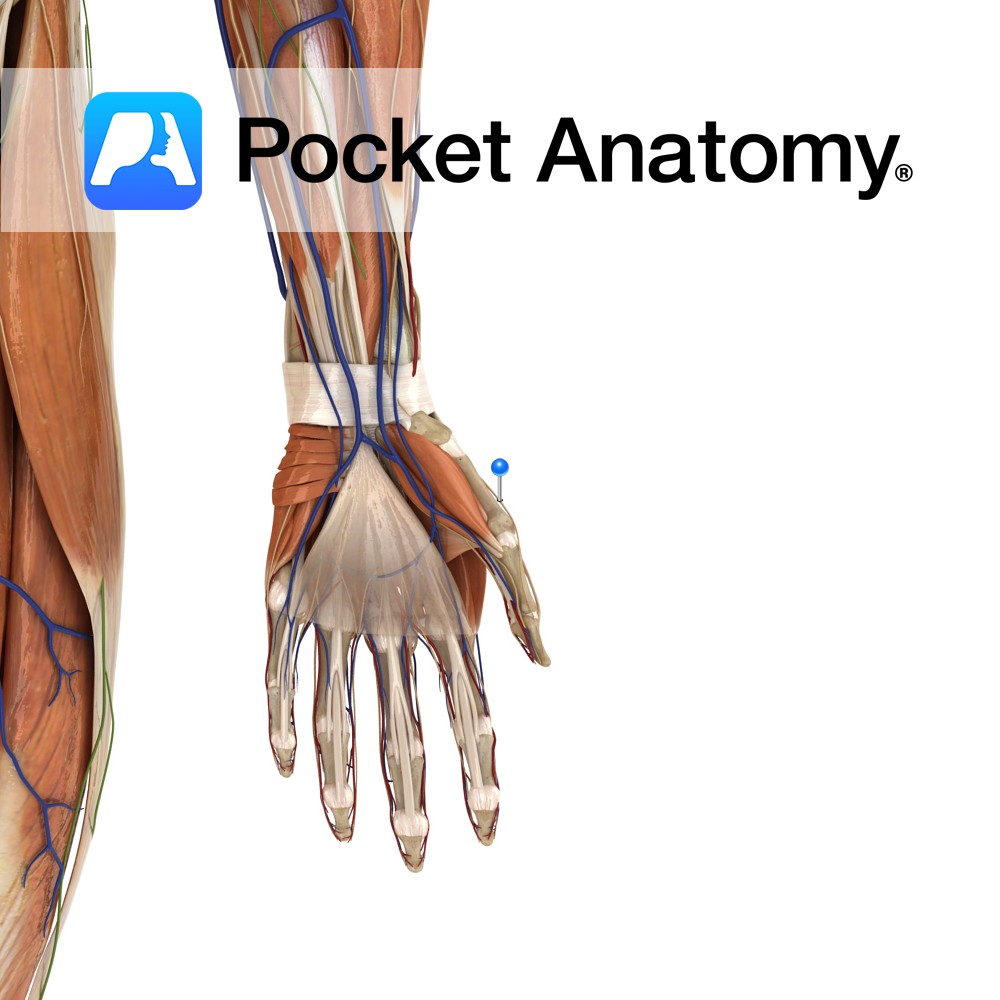Functions
Stores and secretes (anterior lobe also synthesises) a number of essential hormones:
Anterior: Human growth hormone, Thyroid-stimulating hormone, Adrenocorticotropic hormone, Beta-endorphin, Prolactin, Luteinising hormone, Follicle-stimulating hormone.
Intermediate: Melanocyte-stimulating hormone.
Posterior: Antidiuretic hormone (synthesised in supra-optic nucleus), Oxytocin (synthesised in para-ventricular nucleus).
Anatomy
Endocrine gland located at base of brain; inferior and connected (via infundibular stalk) to hypothalamus, encased in sella turcica of the sphenoid. Usually 0.5g and <8mm in diameter, though can increase to 10-12mm in females in puberty and pregnancy.
Comprises of an anterior and posterior lobe. An intermediate lobe exists (though rudimentary in humans), but is often considered part of the anterior lobe.
The anterior lobe develops from a fold of oral ectoderm called Rathke’s Pouch; it can be subdivided into pars tuberalis, pars intermedia (intermediate lobe), and pars distalis.
The posterior lobe develops from neuroectoderm of the diencephalon and remains physically connected to brain (opposed to anterior lobe, which separates from pharynx).
Clinical
Given the number of hormones it controls, minor abnormalities of the pituitary can have profound systemic effects (e.g. acromegaly, hypothyroidism, diabetes insipidus, hypo- and hyper-pituitarism).
Due to the pituitary’s close proximity to the optic chiasm, an increase in size (e.g. with adenoma) can depress the chiasm, leading to peripheral vision loss (tunnel vision).
Interested in taking our award-winning Pocket Anatomy app for a test drive?





-brevis.jpg)